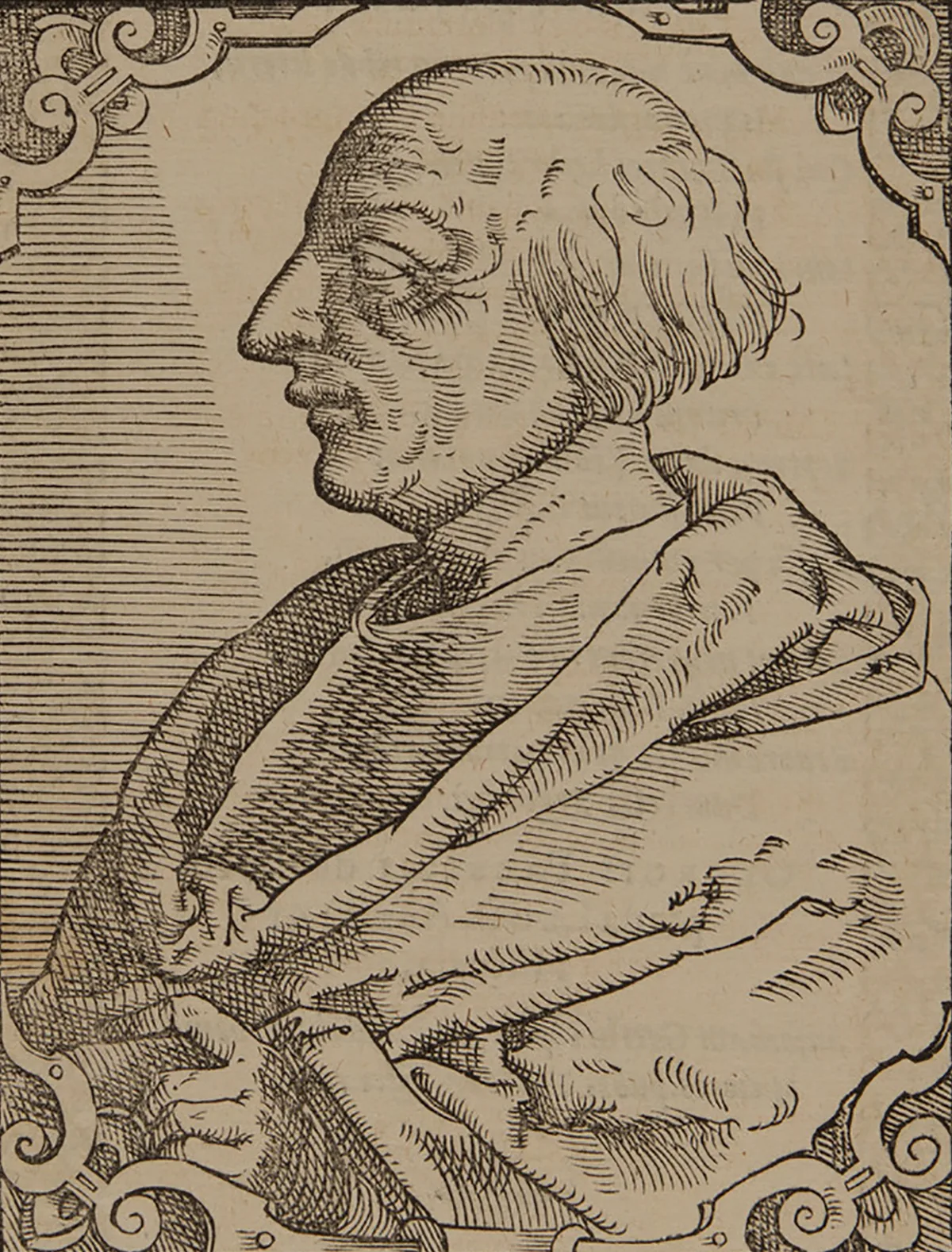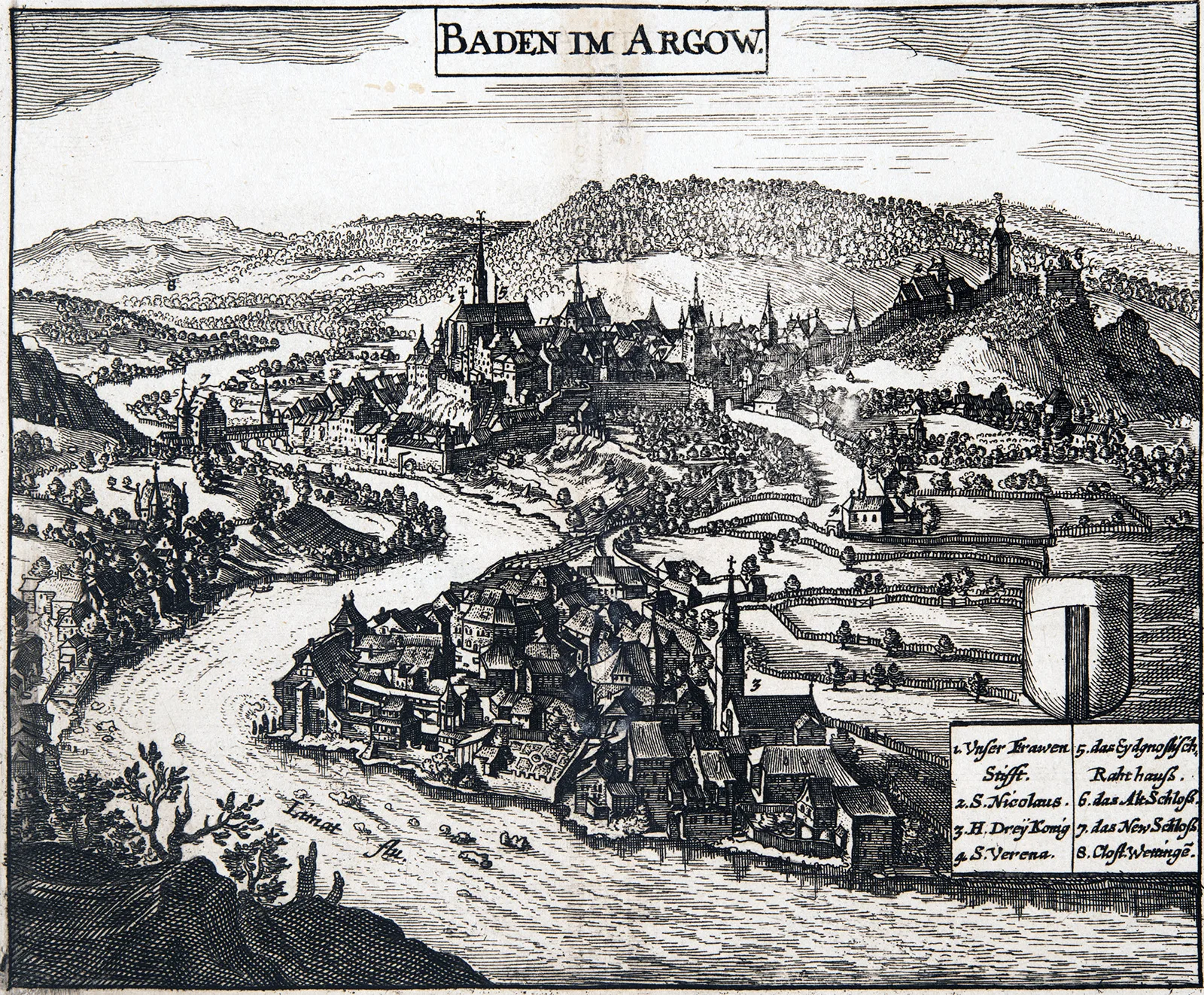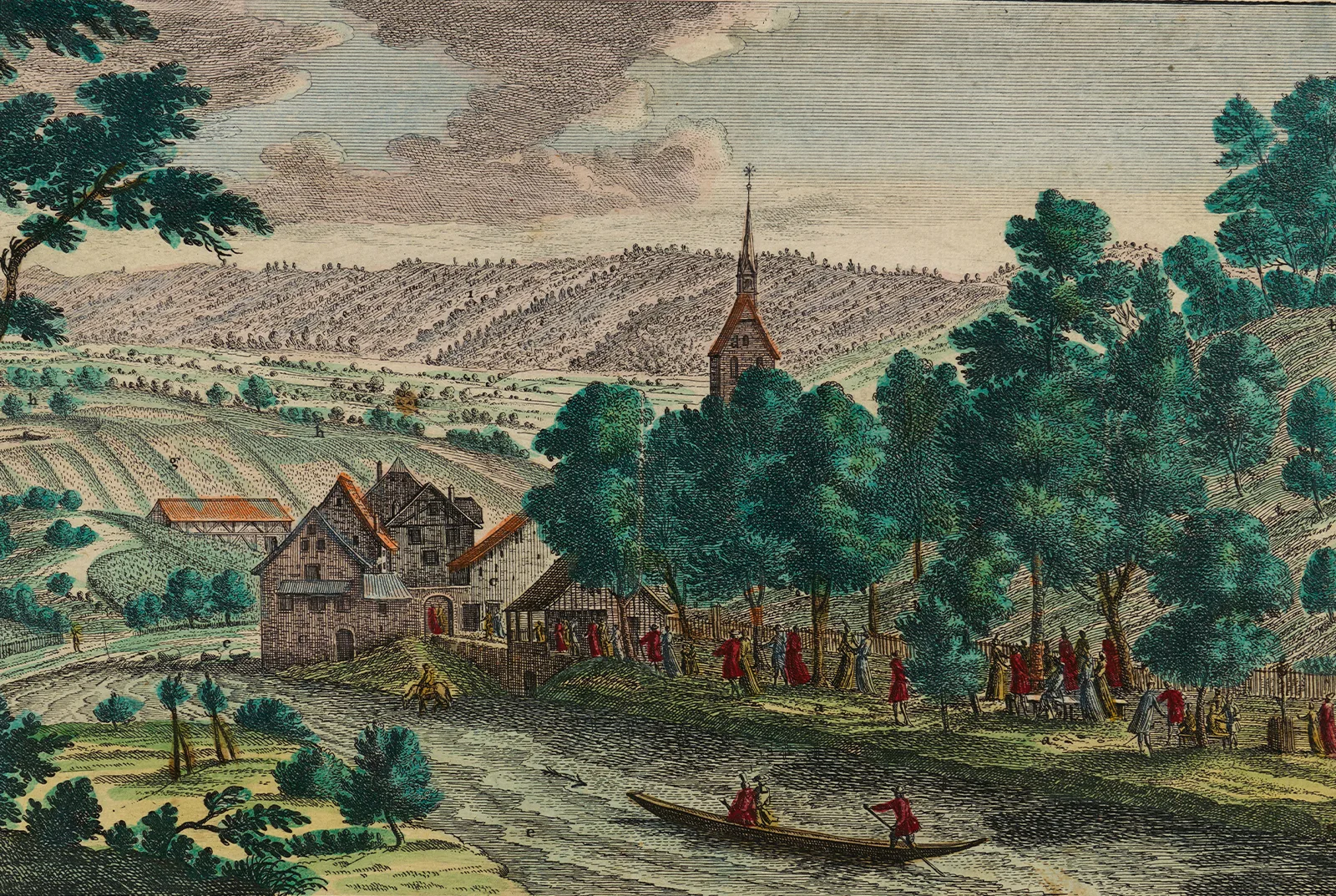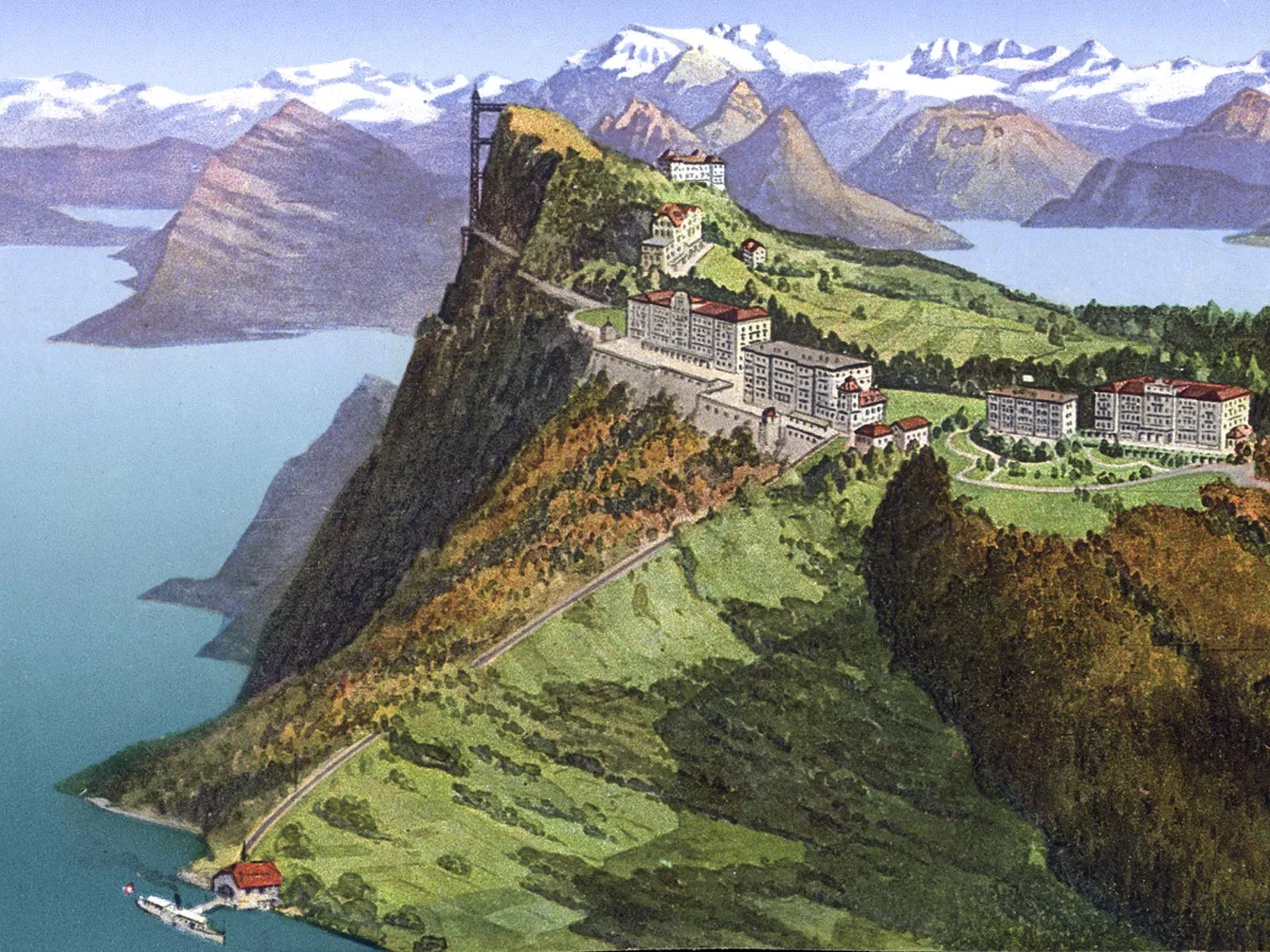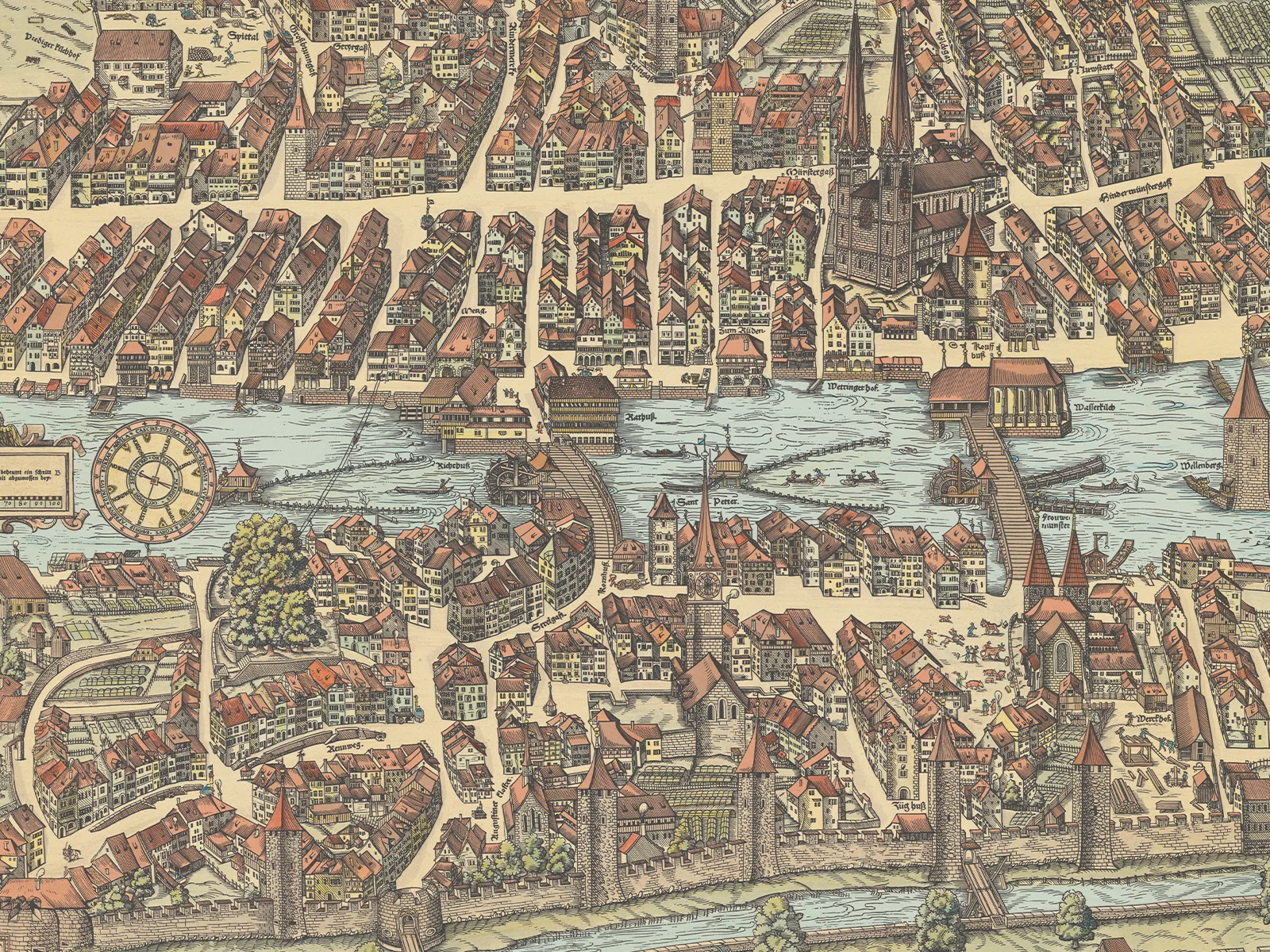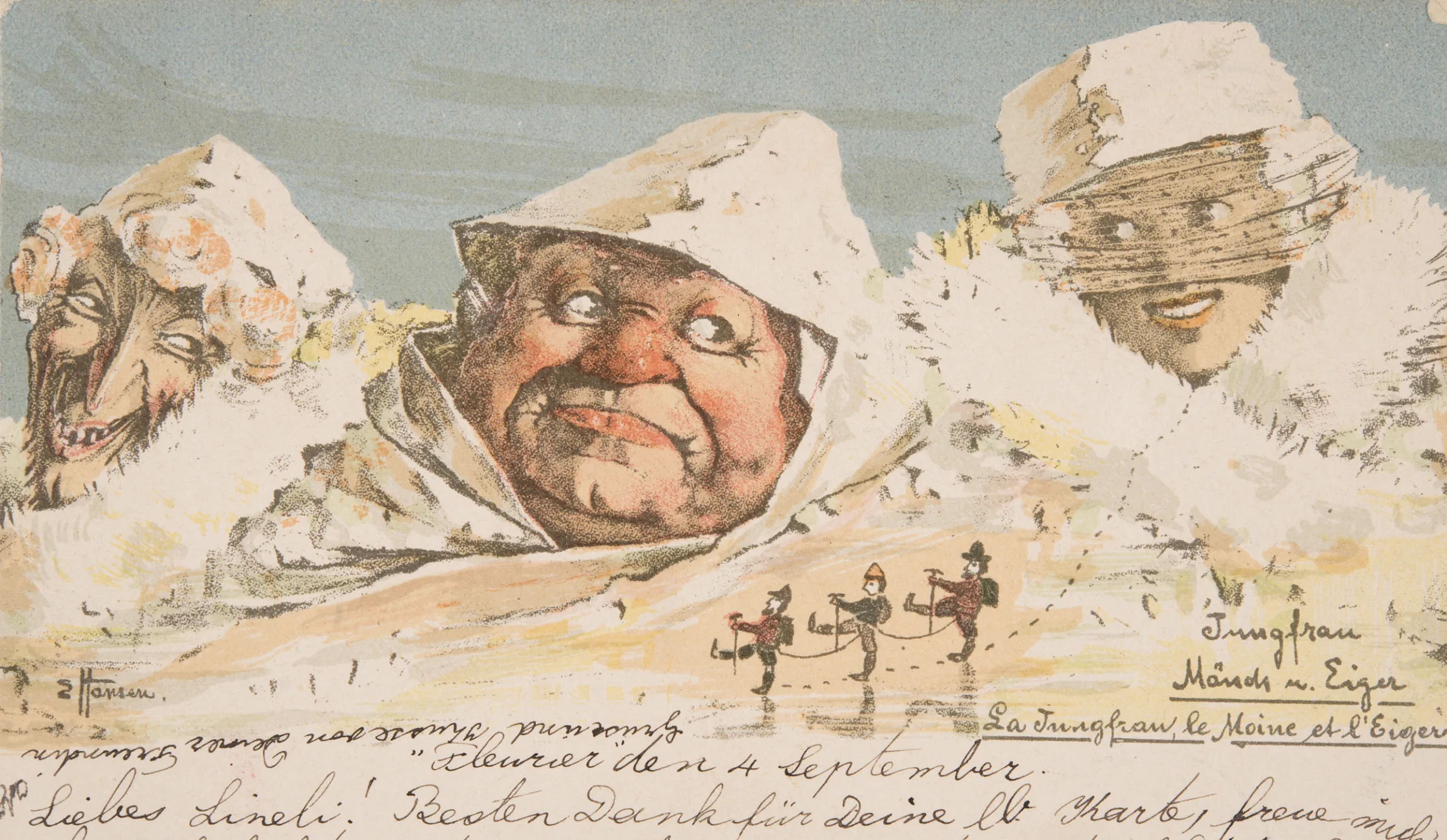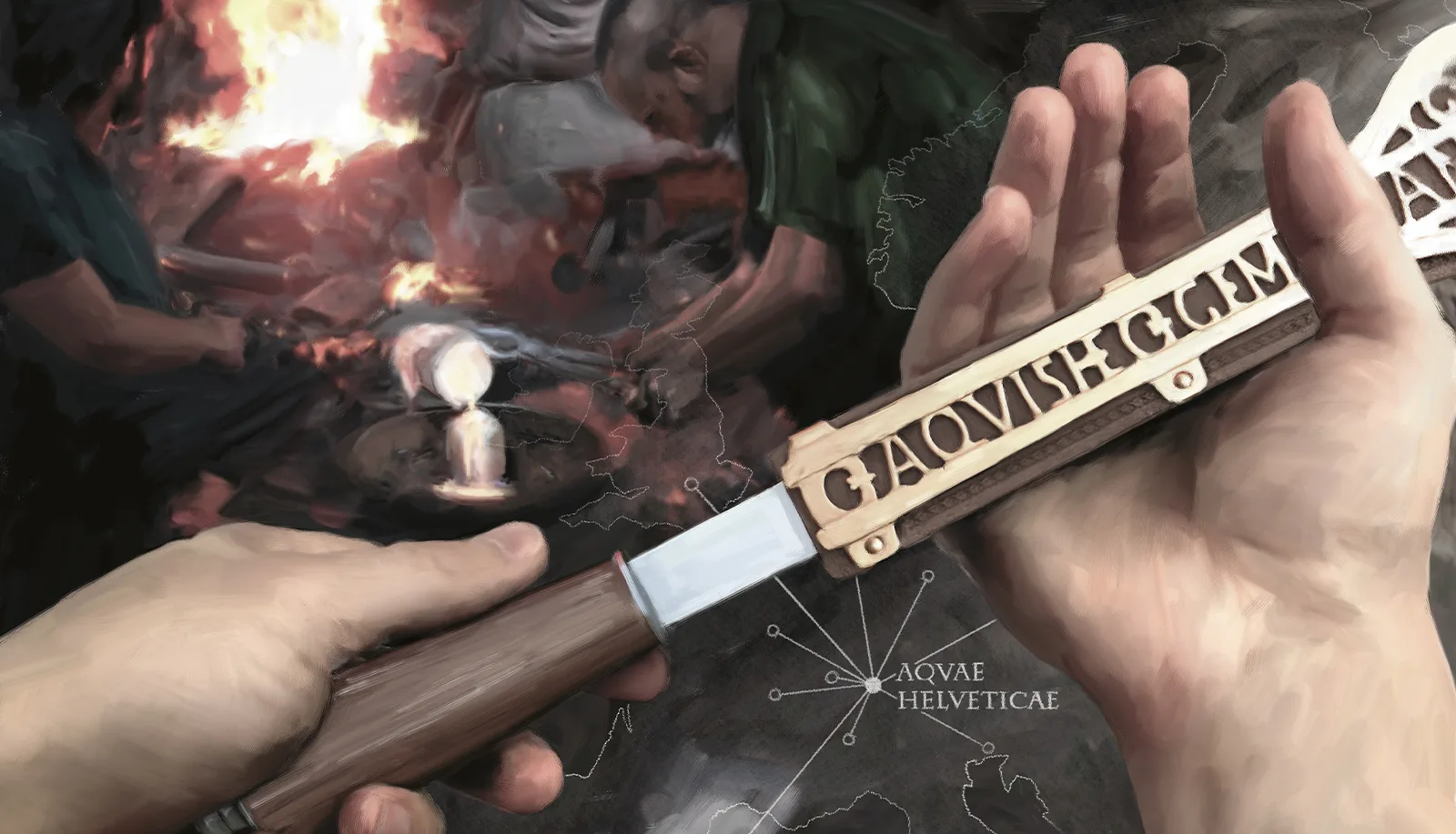
The baths at Baden – Switzerland’s first “tourist hot(s)pot”
Long before Switzerland became a popular tourist destination, the hot mineral springs at Baden in Aargau were a magnet for people in search of rest and relaxation. The first souvenir of Switzerland: high-profile guests and numerous travel reports carried the spa town’s reputation into the wider world.
A souvenir from Aquae Helveticae

To see and be seen where the powerful meet
Nothing short of the Garden of Eden!
